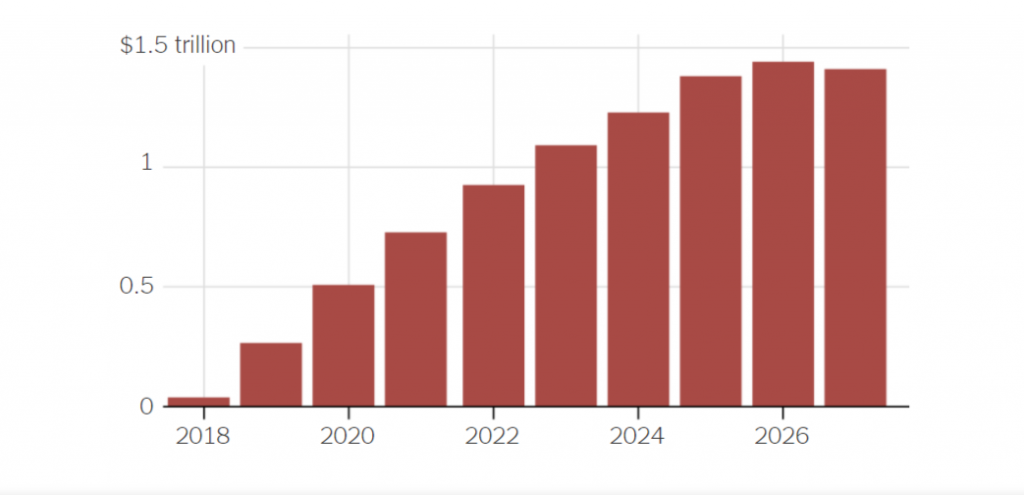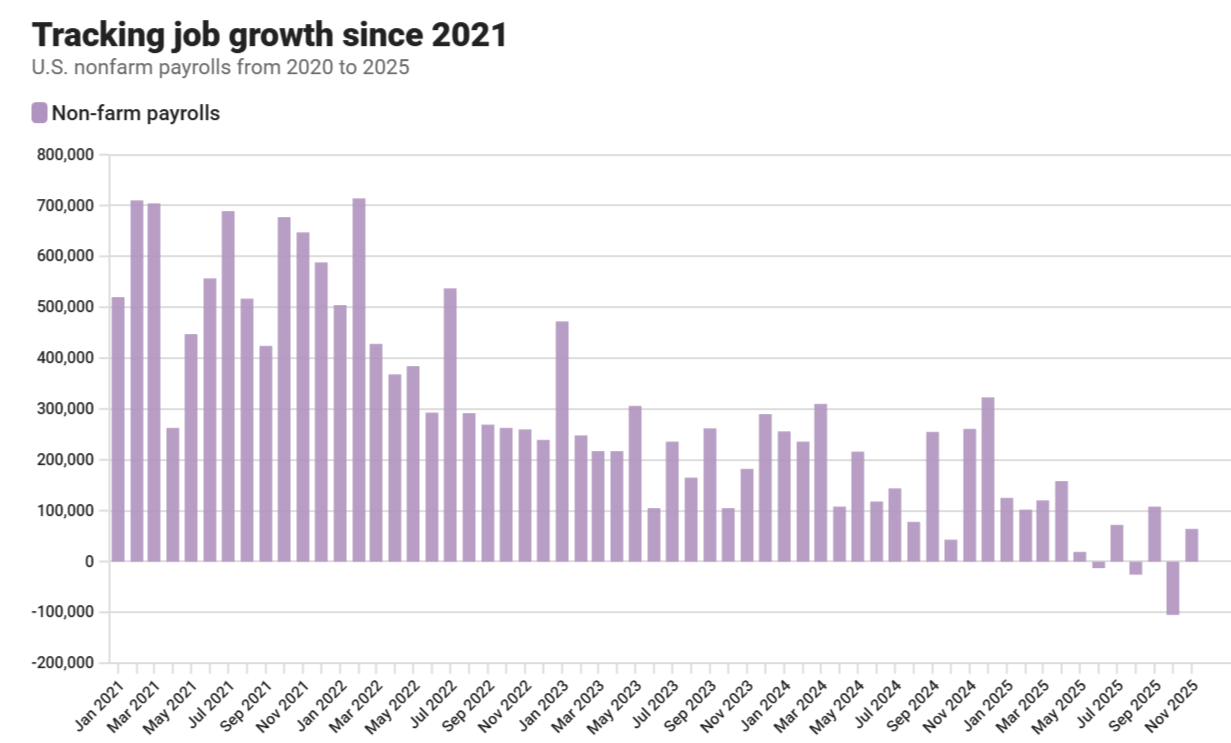On December 11, 2017, the United States Treasury Department’s Office of Tax Policy (OTP) finally released its promised memo and long-awaited comprehensive analysis of the Senate tax plan titled the Analysis of Growth and Revenue Estimates Based on the U.S. Senate Committee on Finance Tax Reform Plan. The analysis is one page long. Similar to the analysis performed by the Joint Committee on Taxation (JCT), the OTP’s findings were not exactly what the GOP had hoped they would be. As many tax reform bill dissenters suspected, the Treasury Department clearly emphasizes its findings that the Senate proposal will fail to deliver a realistic and affordable tax reform plan that will pay for itself.
High-ranked leaders in the Trump administration have, for months and months, been promising the production of a dynamic economic analysis. Such an analysis, the GOP hoped, would highlight and prove that any revenue loss due to the GOP’s tax reform proposal would be negated by impressive and inventive growth-boosting powers resulting from the tax reform.
Traditional Republican methods and analytical tools, that the GOP has always favored, resulted in a report produced by an agency packed with Trump appointees. Despite the presence of these Republican appointees, and to the GOP’s dismay, the final analysis product has found that growth promised by the tax reform bill simply does not exist. The report notes that myriad additional and complicated policy changes will need to be integrated into the GOP proposal in order for the growth promised by the GOP to be a reality.
Members of Congress, including dozens of Republican Senators, still hold onto the seemingly false belief that a favorable analysis of the GOP tax reform plan does exist somewhere. This belief substantiates their choice to disregard the JCT’S assertion that the proposed tax reform plan would really add somewhere between $1 and $1.5 trillion to the United States’ deficit.
The Senate Bill’s Cumulative Cost Without Economic Growth
 Michael R. Bloomberg, billionaire, former mayor of New York City and founder and majority owner of Bloomberg LP, the parent company of Bloomberg News, wrote an opinion piece titled This Tax Bill Is a Trillion-Dollar Blunder. In this post, Bloomberg asserts that the OTP findings indicate the existence of borderline economic malpractice:
Michael R. Bloomberg, billionaire, former mayor of New York City and founder and majority owner of Bloomberg LP, the parent company of Bloomberg News, wrote an opinion piece titled This Tax Bill Is a Trillion-Dollar Blunder. In this post, Bloomberg asserts that the OTP findings indicate the existence of borderline economic malpractice:
The Treasury Department claimed to have more than 100 professional staffers “working around the clock” to analyze the tax cut. If true, their hard work must have been suppressed. The flimsy one-page analysis Treasury released — which accepts the White House’s reality-defying economic projections in order to claim that the tax cuts will pay for themselves and then some — is a politically driven document that amounts to economic malpractice. So does the bill itself.
Rather than a dynamic analysis illustrating that the Republican tax proposal would boost yearly economic growth by the 0.7 percentage points that the GOP plan requires, Republicans now have a report claiming that an approved tax plan would have to be accompanied by a “bunch of other stuff”, in order to reach the aforementioned growth goal. According to the one-page Analysis of Growth and Revenue Estimates Based on the U.S. Senate Committee on Finance Tax Reform Plan:
OTP compared this 2.9% GDP growth scenario to a baseline of previous projections of 2.2% GDP growth. Treasury expects approximately half of this 0.7% increase in growth to come from changes to corporate taxation. We expect the other half to come from changes to pass-through taxation and individual tax reform, as well as from a combination of regulatory reform, infrastructure development, and welfare reform as proposed in the Administration’s Fiscal Year 2018 budget.
Two important points deserve mention and clarification here:
- Sweeping and draconian spending cuts on an enormous number of social programs are included in President Trump’s budget proposal. The cuts are far-reaching and include substantially less funding for everything from Meals on Wheels to the Appalachian Regional Commission to nutritional assistance for low-income pregnant women. Basically, the Treasury and critics are saying that, if the GDP is to grow under the GOP’s plan, money must be taken away from those in need. In essence, this means that Republicans must “dynamically” update distributional accounts should they expect to “dynamically” score growth benefits related to their tax reform.
In some cases, this particular theory concerning dynamic scoring may actually be true. There is a good example of this thinking if we consider women who are pregnant. The monetary pluses of allowing these pregnant women to eat in a healthy fashion will not appear or be included in the 10-year scoring window. In fact, providing meals to the elderly, sick or disabled really won’t garner any economic growth at all either.
- The fact that House Republicans pronounced President Trump’s budget proposal “dead on arrival” when it was initially revealed, is the second point that needs to be made. And, actually, the Republican tax reform proposal is barely recognizable when it is compared to Trump’s budget. Not only does the the approved bill look completely different, but the debates and negotiations surrounding appropriation bills in no way envision the enactment of Trump’s proposal. It follows that the analysis claims from the Trump administration basically support the idea that tax reductions would only pay for themselves if made in conjunction with other ideas, most of which have already been rejected by Congress.
Both the Treasury OTP and JCT are currently continuing to use heavily favored Republican methods. Yet, even according to those GOP methods, the new tax reform proposal remains a bill that will fall short on the promises made by Republican political advocates.
Conclusion
Thomas Huckabee, CPA of San Diego California is an expert business accountant who can help you succeed in these tumultuous and unpredictable times. Consider leaving accounting to CPA professionals so you can rest easy at night knowing that your business’ financials are in good hands and adhering to all best practices. Please contact our office for further information.









